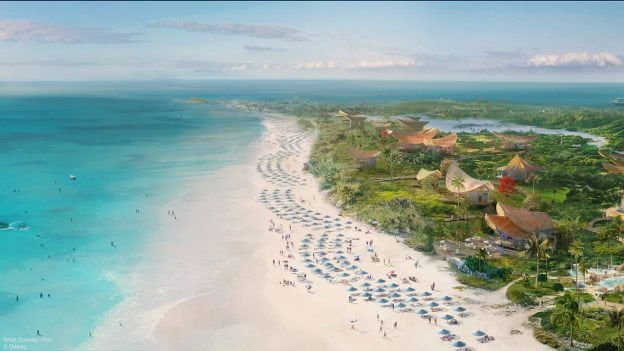Artificial islands
Portuguese is spoken by about 34{81cc0fe1eab66fe80e6ceffe4a8fe2aab5fa5a99360d51e86fd3ace4228455bf}, and about 6{81cc0fe1eab66fe80e6ceffe4a8fe2aab5fa5a99360d51e86fd3ace4228455bf} speak other languages similar to Quechua, Mayan languages, Guaraní, Aymara, Nahuatl, English, French, Dutch and Italian. Portuguese is spoken only in Brazil (Brazilian Portuguese), the biggest and most populous country in the region. Spanish is the official language of a lot of the remainder of the countries and territories on the Latin American mainland (Spanish language within the Americas), as well as in Cuba, Puerto Rico (where it is co-official with English), and the Dominican Republic. French is spoken in Haiti and within the French overseas departments of Guadeloupe, Martinique and Guiana. It can be spoken by some Panamanians of Afro-Antillean descent.
Great Britain is the name of the island that comprises England, Scotland, and Wales, although the time period can be used loosely to discuss with the United Kingdom. The United Kingdom is a political unit that features these international locations and Northern Ireland. The British Isles is a geographical time period that refers back to the United Kingdom, Ireland, and surrounding smaller islands such as the Hebrides and the Channel Islands. The Romans conquered a lot of the island (as much as Hadrian’s Wall in northern England) and this became the Ancient Roman province of Britannia.
These original 13 colonies would eventually turn into the United States of America. Spain based a colony at Saint Augustine, Florida, as early as 1565 and would go on to claim parts of what are actually the states of Texas, New Mexico, Arizona, and California. France established colonies along the Saint Lawrence River, in what’s now Canada; and in addition within the southern part of North America, in the area that is now Louisiana. The Dutch started the settlement of New Amersterdam on the southern tip of what’s now Manhattan Island, residence to part of New York City. The European international locations often fought each over possession of the brand new land; more land meant extra energy and economic alternative.
At least 1.5 million Ecuadorians have gone overseas, primarily to the United States and Spain. Approximately 1.5 million Dominicans stay abroad, principally within the United States.
- It shares land borders with Wales to the west and Scotland to the north.
- The country covers five-eighths of the island of Great Britain, which lies within the North Atlantic, and contains over a hundred smaller islands, such as the Isles of Scilly and the Isle of Wight.
- England is separated from continental Europe by the North Sea to the east and the English Channel to the south.
- The Irish Sea lies west of England and the Celtic Sea to the southwest.
- 31.7 million Americans listed their ancestry as Mexican as of 2010, or roughly 10{81cc0fe1eab66fe80e6ceffe4a8fe2aab5fa5a99360d51e86fd3ace4228455bf} of the inhabitants.

Their experiences bear similarities to these of Japanese Peruvian immigrants, who are sometimes relegated to low revenue jobs usually occupied by foreigners. Central Americans living overseas in 2005 had been 3,314,300, of which 1,128,701 have been Salvadorans, 685,713 had been Guatemalans, 683,520 had been Nicaraguans, 414,955 were Hondurans, 215,240 have been Panamanians and 127,061 were Costa Ricans. It is spoken as first language by about 60{81cc0fe1eab66fe80e6ceffe4a8fe2aab5fa5a99360d51e86fd3ace4228455bf} of the population.
Island
In the course of the 500 years after the Roman Empire fell, the Britons of the south and east of the island had been assimilated or displaced by invading Germanic tribes (Angles, Saxons, and Jutes, often referred to collectively as Anglo-Saxons). At about the same time, Gaelic tribes from Ireland invaded the north-west, absorbing each the Picts and Britons of northern Britain, finally forming the Kingdom of Scotland within the ninth century. The south-east of Scotland was colonised by the Angles and formed, until 1018, part of the Kingdom of Northumbria. Ultimately, the inhabitants of south-east Britain got here to be known as the English folks, so-named after the Angles. During the Industrial Revolution, many employees moved from England’s countryside to new and expanding city industrial areas to work in factories, as an example at Birmingham and Manchester, dubbed “Workshop of the World” and “Warehouse City” respectively.
